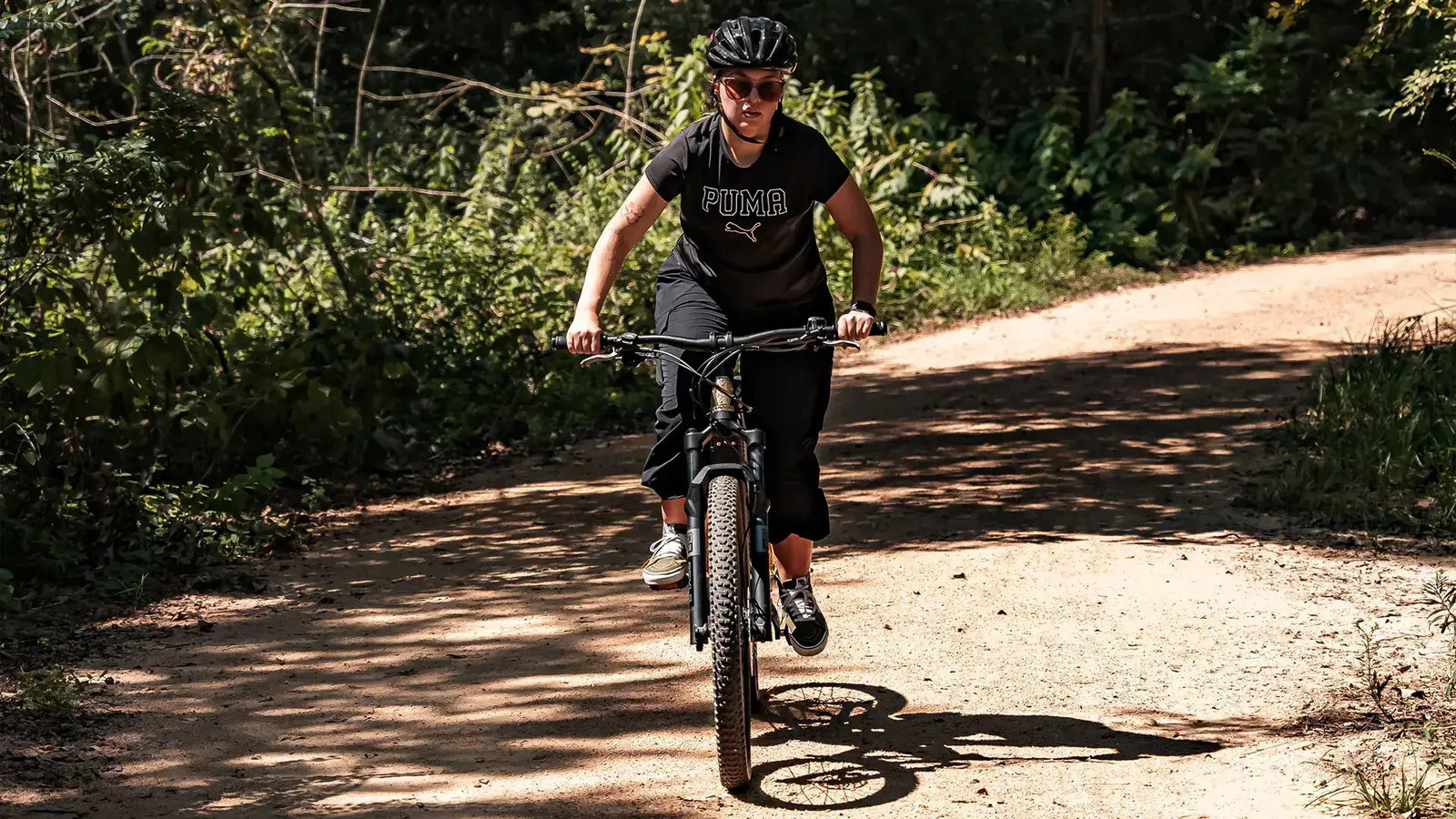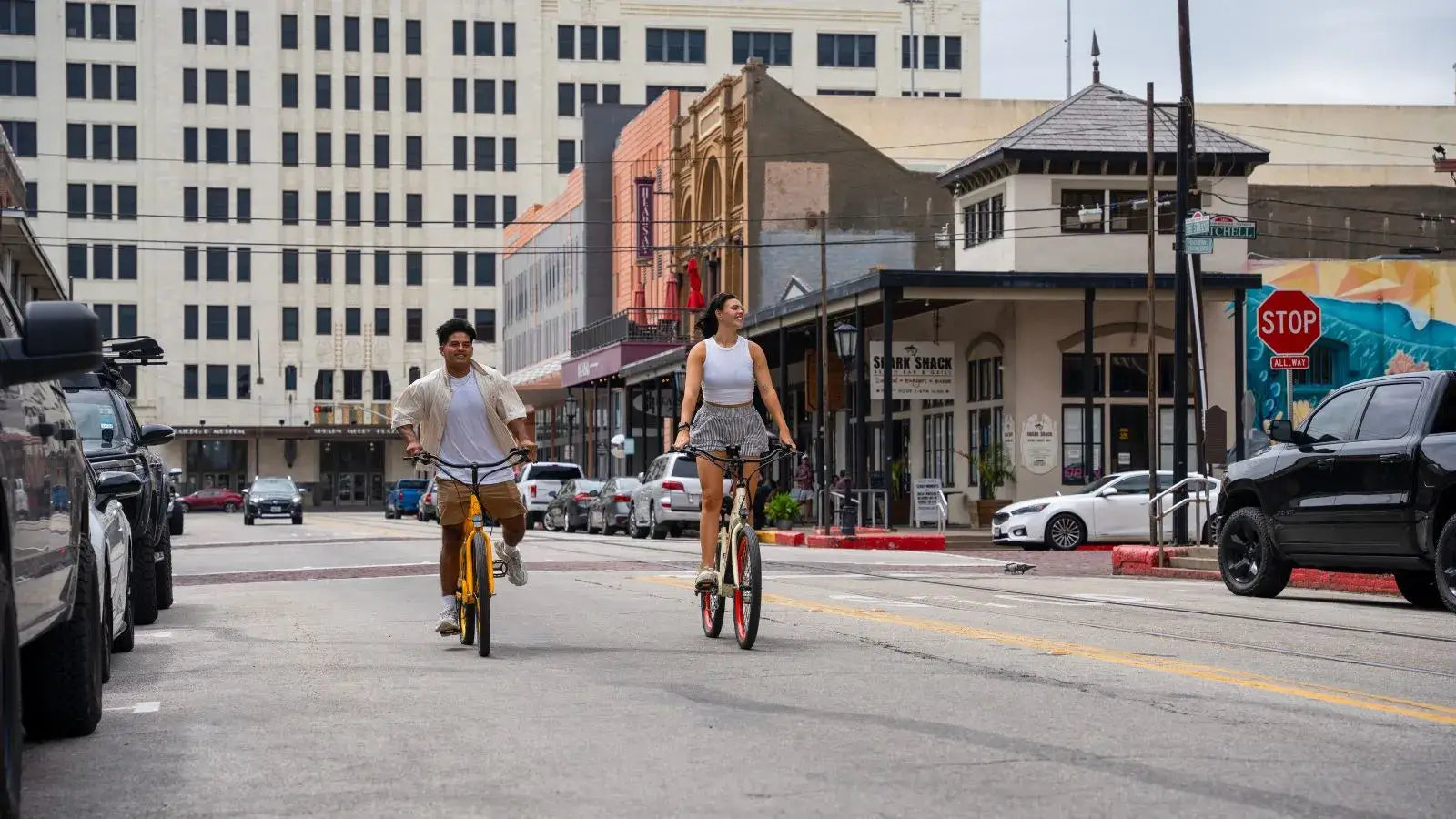
Can Electric Bikes Go 70 MPH? Street Legal Speed Rules
The Short vs. Real Answer
Yes, some vehicles marketed as an "electric bike 70 mph" can reach those speeds. However, they are not legally considered electric bikes. This is the most important thing a buyer needs to understand. These high-performance machines fall into a completely different vehicle category, most accurately described as an electric motorcycle or moped, and are subject to a different set of laws, regulations, and safety requirements.
The main problem this article will solve is the gap between what a company might market a product as and what the law defines as a street legal electric bike. Failing to understand this difference can lead to illegal operation, fines, and major safety risks.
Here's what you will learn:
- The legal definition of an electric bike in the United States.
- Why a 70 mph model is classified as an electric motorcycle.
- The real-world requirements for licensing, registering, and insuring these powerful machines.
- How to choose the right type of electric two-wheeler for your actual needs.
Beyond the E-Bike Label
The term "e-bike" is often used as a broad marketing brush to appeal to a wide audience, taking advantage of the popularity and ease of traditional electric bicycles. However, when a vehicle can achieve 70 mph, it has basically left the e-bike category behind. More accurate terms for these machines are e-motos, electric dirt bikes, or light electric motorcycles.
Several key features define these vehicles and set them apart from their lower-powered cousins:
- Motor Power: The U.S. federal government defines a low-speed electric bicycle as having a motor of no more than 750 watts (1 horsepower). The machines capable of 70 mph often feature motors with continuous power ratings of 5,000W and peak power of 16,000W (16kW) or more. This is over 20 times the legal e-bike limit.
- Throttle-Only Operation: While legal e-bikes are designed around pedal assist, these e-motos are built for pure throttle-driven speed. The pedals, if they exist at all, are often non-functional or included merely as a cosmetic feature to exploit legal loopholes. Their primary mode of propulsion is a twist or thumb throttle, identical to a motorcycle.
- Construction: To handle highway speeds, these vehicles are built with motorcycle-grade components. This includes strong frames, long-travel suspension, and powerful hydraulic brake systems designed to stop a much heavier and faster machine than any bicycle.
Legal E-Bike vs. E-Motorcycle
The legal difference between a true electric bike and a 70 mph e-moto is not a minor detail—it's the dividing line between being regulated as a bicycle and being regulated as a motor vehicle. Most states have adopted the 3-Class e-bike system widely adopted across the U.S., which sets clear boundaries for power and speed. Anything that exceeds these limits is, by default, a motor-driven cycle or motorcycle.
Riding an unregistered, uninsured vehicle that requires a motorcycle license can result in severe penalties, including fines, vehicle impoundment, and license suspension. Furthermore, legitimate e-bikes are increasingly tested for system safety under standards like safety certifications like UL 2849, a certification that many high-powered, direct-from-factory e-motos may lack.
Here is a clear breakdown of the differences:
| Feature | Class 1-3 E-Bikes | Electric Motorcycles (70 mph models) |
|---|---|---|
| Top Assisted Speed | 20 mph (Class 1/2), 28 mph (Class 3) | 30 mph to 70+ mph |
| Motor Power | 750W (1 hp) Maximum | 3000W - 16,000W+ |
| Pedals | Required & Functional | Often cosmetic or non-existent |
| Throttle | Allowed up to 20 mph (Class 2), Not on Class 1/3 | Primary means of propulsion |
| License Required | No | Yes (Motorcycle Endorsement) |
| Registration/Plates | No | Yes |
| Insurance Required | No | Yes (Liability minimums vary by state) |
| Where to Ride | Bike lanes, paths, roads (local rules vary) | Public roads only; never on bike paths |
The 70 MPH Ownership Experience
Beyond the specs and legal charts, what is it actually like to own and ride one of these high-speed machines? Based on our testing and reports from experienced riders, it's a world apart from riding a bicycle.

The Thrill is Real, But So is the Danger
The acceleration is exciting. The feeling of silent, instant torque is something gas engines can't copy. It's incredibly fun. However, that fun comes with a massive increase in risk. At 70 mph, you are covering over 100 feet per second. Potholes, road debris, and careless drivers become life-threatening hazards. This is not an advanced bicycle; it is a lightweight motorcycle, and it demands the same level of skill, awareness, and respect. A mistake at 25 mph might result in scrapes and bruises; a mistake at 70 mph is often tragic.
Gearing Up is Non-Negotiable
Your standard bicycle helmet is completely inadequate. The gear required for riding at these speeds is not a suggestion; it's a necessity.
* Standard Bicycle: Basic helmet.
* 70 MPH E-Moto: Full-face DOT or ECE-certified helmet, armored riding jacket, abrasion-resistant riding pants (Kevlar or similar), full-finger gloves, and sturdy, over-the-ankle boots. This is the minimum to protect your skin, bones, and life in a high-speed crash.
Maintenance is a Different Beast
The forces acting on a 100+ pound vehicle at 70 mph are huge. Components wear out at a shocking rate compared to a bicycle. Brake pads can be consumed in a few hundred aggressive miles. Tires need frequent inspection for wear and pressure. Chains and sprockets are under tremendous strain and require constant cleaning, lubrication, and adjustment. You must adopt the mindset of a motorcycle owner, performing pre-ride checks every single time.
The Weight and Bulk
These machines often weigh over 100 lbs. This makes them difficult to move around in a garage, load onto a truck, or handle at very low speeds. Forget about carrying it up a flight of stairs to your apartment. The sheer physical mass is a practical consideration that many first-time buyers overlook.
Why E-Bikes Have Limits
There are basic engineering and legal reasons why a true, street legal electric bike is capped in power and speed. These regulations were not created randomly; they were established to ensure safety and accessibility. The federal law defines a low-speed electric bicycle specifically to keep these vehicles in a class that does not require heavy regulation.
Here are the main reasons for the limits:
- Safety and Infrastructure: Our public infrastructure, particularly bike lanes and multi-use paths, is designed for vehicles moving at bicycle speeds (typically 10-20 mph). Introducing a 70 mph vehicle into that environment poses an extreme danger to pedestrians, children, pets, and other cyclists. It creates a speed difference that is impossible to manage safely.
- Component Integrity: A standard bicycle is a marvel of lightweight engineering. Its frame, wheels, tires, and brakes are designed to handle the forces generated by a human rider, with a small assist from a 750W motor. Subjecting those components to the torque and speed of a 16,000W motor is a recipe for catastrophic failure. Frames can snap, wheels can buckle, and brakes can overheat and fail entirely.
- Accessibility and Regulation: The 750W / 28 mph limit is the cornerstone of e-bike accessibility. It allows them to be treated like bicycles, meaning no driver's license, registration, or insurance is required. This lowers the barrier to entry for commuters, recreational riders, and those seeking a new form of mobility. Exceeding these limits rightfully pushes a vehicle into a more heavily regulated class, as defined by federal vehicle classifications, to ensure the operator is properly trained, licensed, and insured for the greater risk they represent on public roads.
Choosing the Right Ride
The search for an "electric bike 70 mph" is ultimately a search for a light electric motorcycle. While the marketing can be confusing, the legal and practical realities are clear. These are powerful, high-performance machines that offer incredible thrills but also demand a high degree of responsibility, skill, and financial investment.
When making your decision, remember this: The most important factors are not just top speed, but legality, safety, and intended use.
Before you buy, ask yourself what you truly need. Do you need a convenient, street legal electric bike to replace car trips, explore bike trails, and get exercise? Or are you seeking the adrenaline of a high-speed motorcycle for dedicated road riding, and are you prepared to get the license, registration, and insurance that come with it?
Always check your local regulations. While federal law provides a baseline, state and city rules can vary. The best resource is your state's Department of Motor Vehicles. For example, you can check your state's DMV website for specific requirements to understand exactly what is needed for different types of two-wheeled vehicles.
Choose the right ride for the right reason, and you'll ensure years of safe and enjoyable riding.
Frequently Asked Questions
Q: Can I legally ride a 70 mph electric bike on bike paths?
A: No, vehicles capable of 70 mph are classified as electric motorcycles, not e-bikes. They are only allowed on public roads and are banned from bike paths, bike lanes, and multi-use trails.
Q: Do I need a motorcycle license to ride an electric bike that goes 70 mph?
A: Yes, any electric vehicle that exceeds the 750W power limit or 28 mph speed limit requires a motorcycle endorsement or license. You also need registration, license plates, and insurance.
Q: What safety gear do I need for a 70 mph electric motorcycle?
A: You need a full-face DOT or ECE-certified helmet, armored riding jacket, abrasion-resistant pants, full-finger gloves, and over-the-ankle boots. Standard bicycle helmets are completely inadequate for these speeds.
Q: How much does it cost to maintain a high-speed electric motorcycle?
A: Maintenance costs are much higher than regular e-bikes due to the extreme forces involved. Brake pads can wear out in hundreds of miles, tires need frequent inspection, and chains require constant maintenance.
Q: What's the difference between a Class 3 e-bike and a 70 mph electric motorcycle?
A: Class 3 e-bikes are limited to 750W motors and 28 mph speeds, require functional pedals, and can be ridden without a license. Electric motorcycles have much more powerful motors (often 5,000W+), reach highway speeds, and require licensing, registration, and insurance.















































Leave a comment